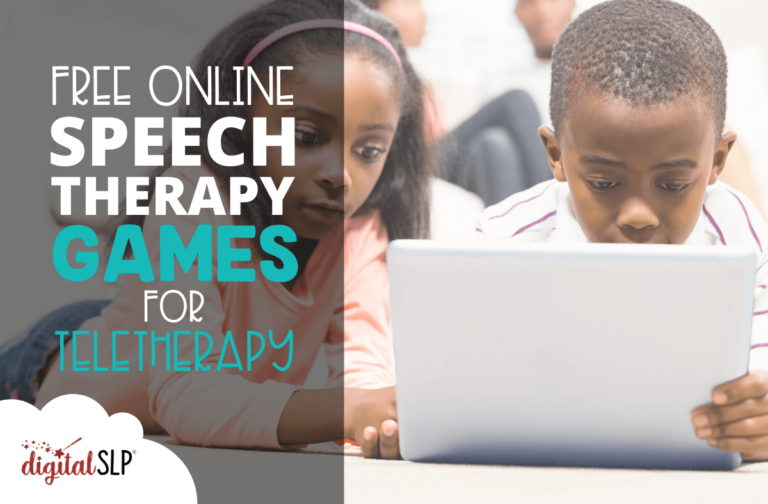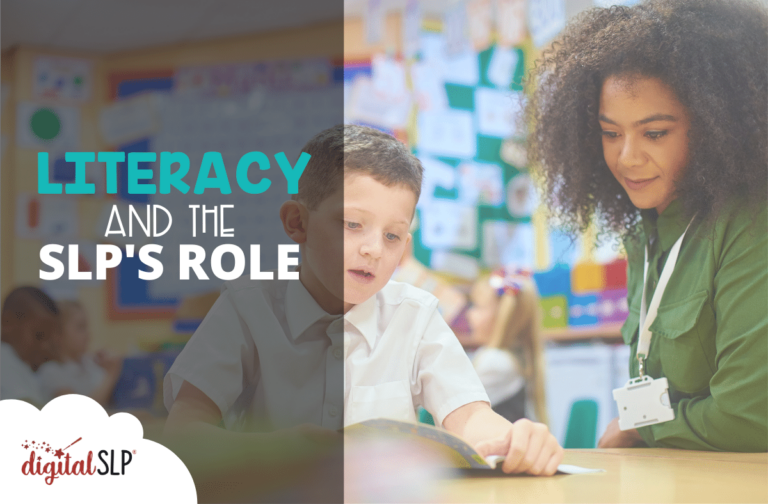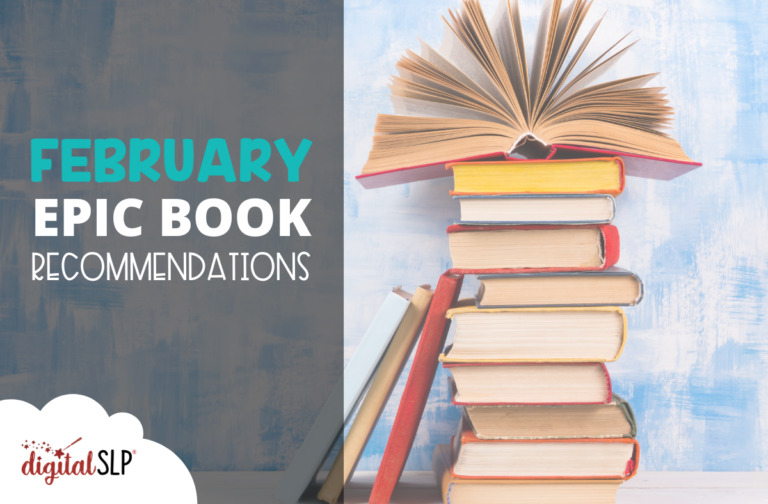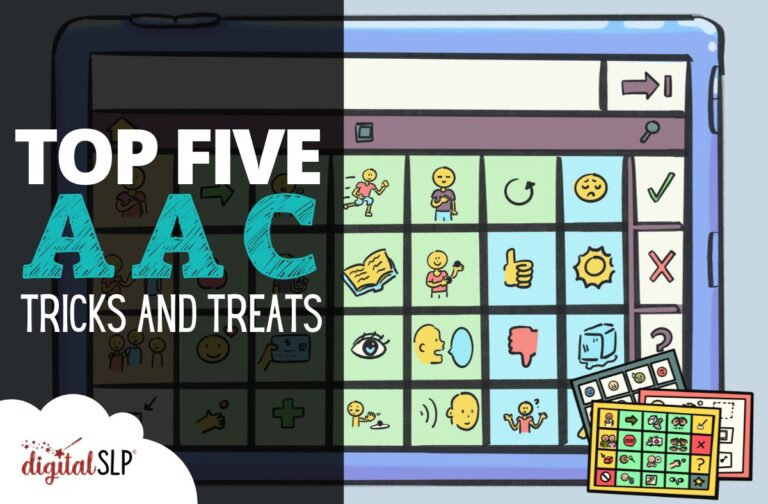What were the clues in that sentence? Clues alone don’t necessarily mean much (e.g. you might also walk down an aisle in Walmart too), but when we combine the clues together, that’s when we can really start to figure things out.
When we look at our clues and can decide what they mean, then we can make a prediction.
This may seem like a pretty basic example, but I like to start simple and then increase the level of difficulty as I see that my client gets it.
Sometimes, there might not be any clues. In this case, you’d have to rely on what you already know. For example:
For a sentence like this, we have to ask ourselves what happened and use information that we already know to make a prediction. So, in this case:
So, that is my quick version of how I teach my clients to make predictions. If you’d like a more organized way of going through the process I described above, you can grab my freebie graphic organizer here.
If you’re still looking for more ways to work on predicting skills, I’d recommend checking out my “Be A Predicting Ninja” game.





















Recent Comments